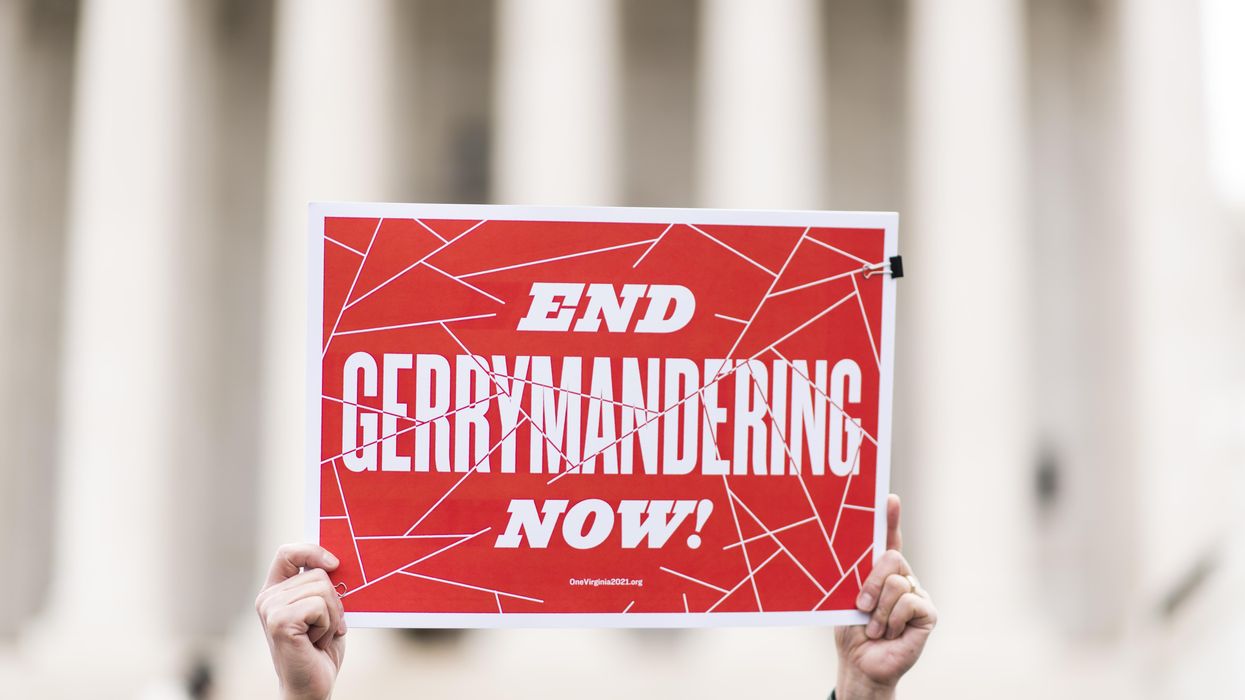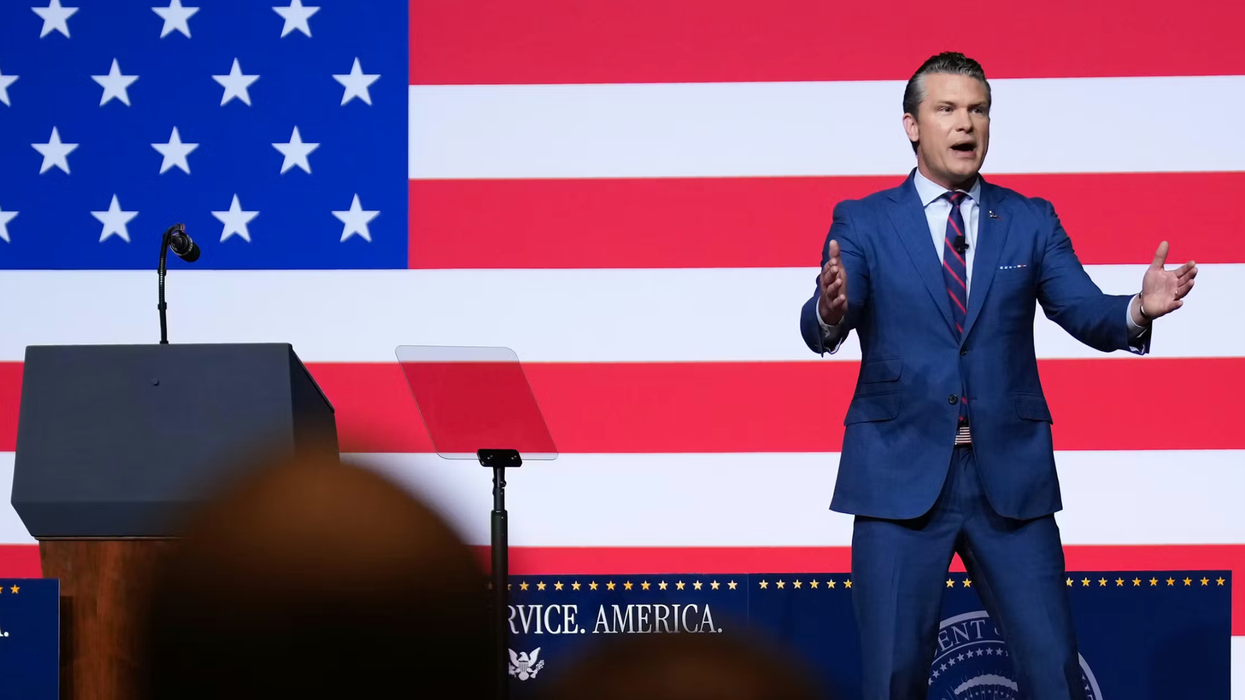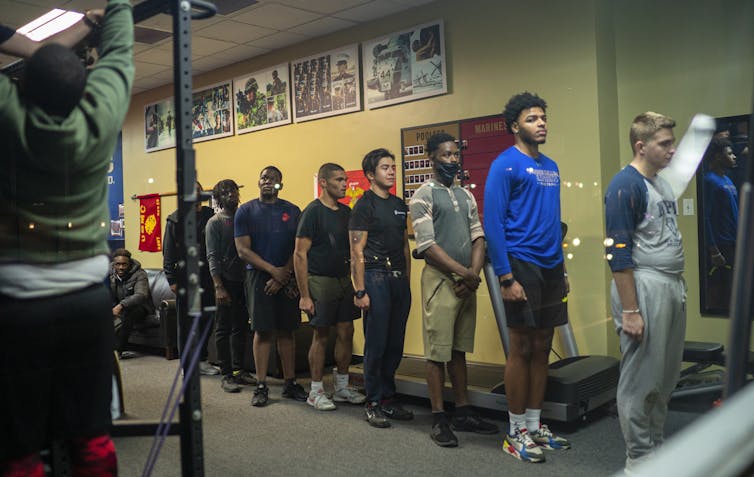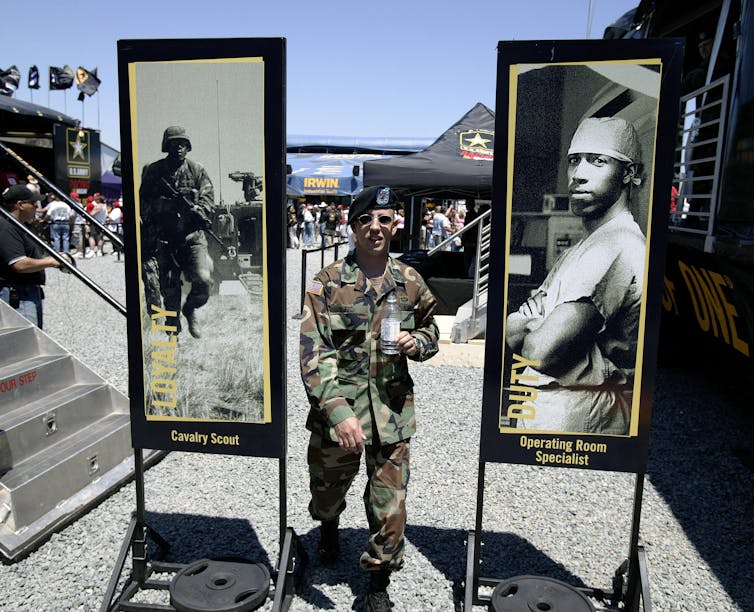We are high schoolers. We are college students. We are redrawing the lines.
For people our age, gerrymandering is a short lesson in AP Government class, a flashcard temporarily memorized for an upcoming test. For our parents, it is a word splashed across a headline, brushed off as yet another way politicians compete for news-cycle attention, soon to be forgotten, just like that vocab word. But as much as districting may seem like a technical or irrelevant procedure, its effects ripple through elections and representation, shaping the balance of power in ways most people never understand.
Gerrymandering is the practice of deliberately drawing district lines to favor one political party over another. Right now, in the midst of a mid-decade redraw, we risk facing another round of creative cartography that would make Picasso jealous. Redistricting has become ammunition in a political arms race. But instead of abstract art, we're getting abstract democracy. In North Carolina, Republicans drew a new congressional map in 2023. While a court-ordered 2020 map had produced a 7–7 split, the new map resulted in Republicans winning 10 of 14 seats in 2024. Now GOP leaders are pushing to redraw again, targeting one swing district to secure an 11–3 Republican advantage. In 2025, Illinois Republicans filed a lawsuit asking the state supreme court to overturn the legislative map drawn in 2021, arguing it unfairly favors Democrats. At the same time, a bipartisan initiative, "Fair Maps Illinois," is advocating for a constitutional amendment to place redistricting under an independent commission. Similar debates are unfolding across the country, highlighting the urgent need for fair redistricting reform.
At the same time, opposition to gerrymandering crosses party lines. In October 2025, Common Cause reported that 84% of the voters considered fair district lines critical to the health of democracy. This bipartisan concern is rare in today's polarized climate, and it is precisely what makes reform possible.
This urgency is why we, a group of three high school seniors and two college freshmen, decided to take action. We have a plan that is gaining traction because it relies on something that will not change every ten years: math.
It all began when a few of us became involved in gerrymandering research through a summer program at the Institute of Mathematics and Democracy (IMD) at Wellesley College. IMD’s mission is to find objective, mathematically-driven solutions to difficult political issues. In all our nerdy glory, and yes, we’re proudly owning it, we spent a couple of summers working at IMD and ended up developing geometric proofs that create guidelines to determine what is political gerrymandering and what is a fair drawing of district lines. We hope to take this research far and wide by using the power of our dual identity as both students and researchers.
The perfect opportunity presented itself when the Institute of Citizens and Scholars launched an initiative last year focused entirely on youth leadership. Youth Leaders for Civic Preparedness is the beginning of a growing youth voice; we made the cut as one of 100 teams nationwide awarded a grant to address a community problem. We proposed to tackle gerrymandering.
We desire to capitalize on the thousands of hours of mathematical analysis and the months of civic workshop planning we have already invested. We are planning to start from the ground up, design activities in our communities, create an educational website, launch social media initiatives amongst our peers, and build them out nationally. We will bring in experts in the field, our peers, and anyone else interested, in the hope of sparking debate and interest in gerrymandering.
We hope to inspire local communities to challenge district lines that deny representation, states to establish independent redistricting commissions, and Congress to pass reforms that protect fair elections. We are working from the ground up to make change that lasts beyond news cycles and AP Government flashcards.
What makes us unique, what gives us power, is that we did not meet in an AP Government class. We have never even been in the same room. Spanning from New York to Maryland to California, our geographic diversity offers an opportunity to make an impact not just in our local community but also in our national community. While the steady pace of academia does not always align with tumultuous politics, we can serve as a bridge between them, especially for our generation.
We cannot even vote yet, but when the time comes to cast our ballots, we want assurance that we are being represented. Changing abusive redistricting is a nuanced dance, one that requires navigating legislative hoops, the academic community, and cultivating a sense of urgency among those who wish to repair our democracy. Meaningful representation is core to our democracy, and those of us who represent this country’s future have an imperative to ensure its survival. We are not waiting for permission to fight for the democracy we will inherit.
Serena Pallan is a senior at Hereford High School in Baltimore, Maryland.
Ananya Shah is a senior at Edgemont Jr. Sr. High School in Scarsdale, NY
Thea Vedula is a Freshman at The University of Wisconsin-Madison
Angelina Wang is a freshman at Brown University
Zubin Rajesh is a senior at Campolindo High School in Moraga, California
The Fulcrum is committed to nurturing the next generation of journalists. To learn about the many NextGen initiatives we are leading, click HERE.





















